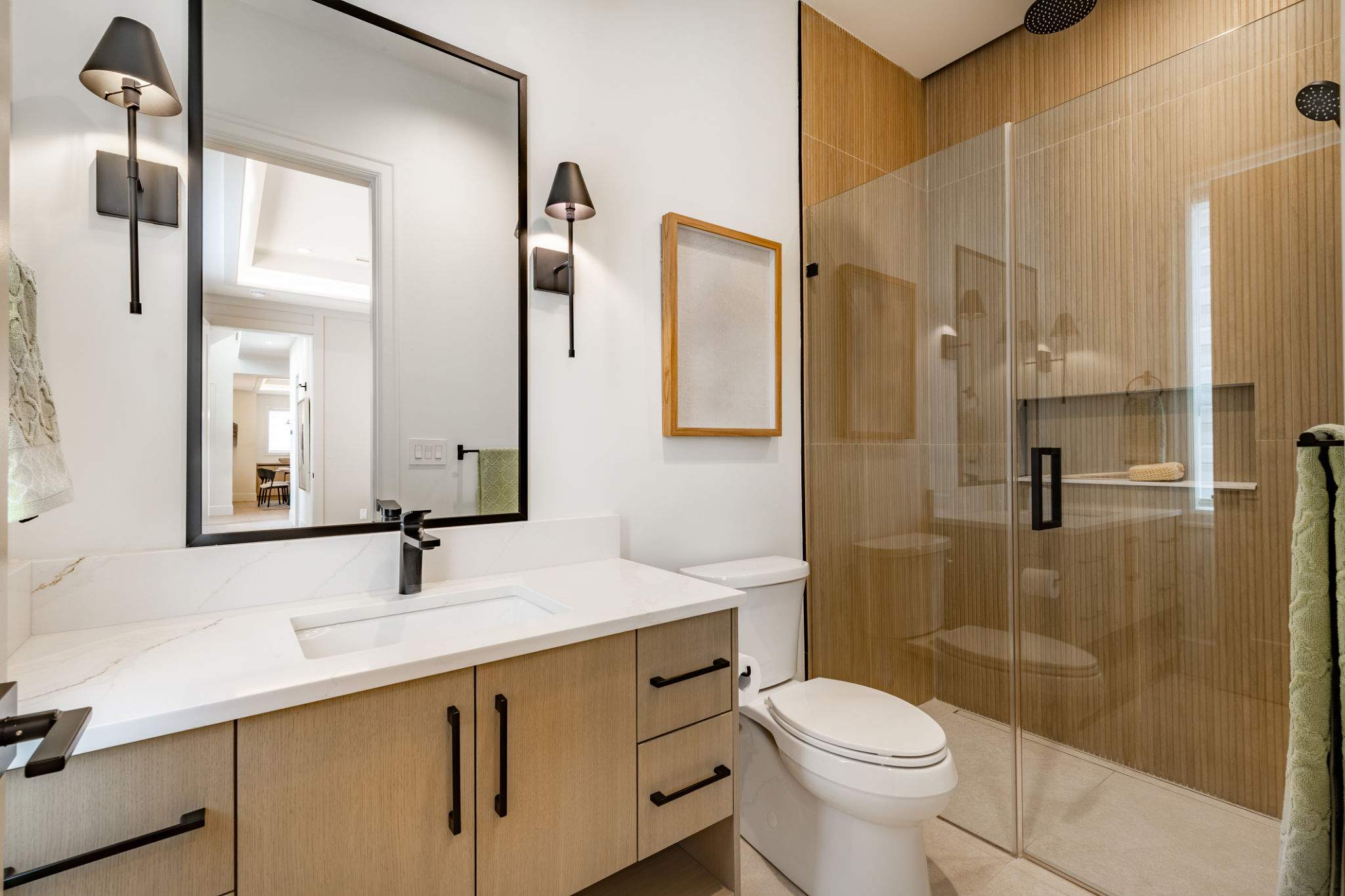Room-by-Room: How to Create a Non-Toxic Sanctuary
Living Room: A Breath of Fresh Air
The living room is often the heart of the home, a place for relaxation and socialization. To create a non-toxic sanctuary here, start by choosing furniture made from natural materials like wood or bamboo, avoiding those treated with harmful chemicals. Opt for organic cotton or linen covers to further reduce chemical exposure.
Consider the air quality in your living room. Indoor plants such as spider plants or peace lilies can help purify the air by absorbing toxins. Additionally, keeping windows open when possible allows for natural ventilation, reducing the concentration of indoor pollutants.

Natural Flooring Choices
When it comes to flooring, consider options like hardwood, cork, or bamboo, which are not only sustainable but also less likely to emit volatile organic compounds (VOCs). If you prefer carpets, choose those made from natural fibers such as wool or jute and ensure they are free from chemical treatments.
Kitchen: Clean and Green
The kitchen is another area where we can make significant changes to minimize exposure to toxins. Start by replacing conventional cleaning products with eco-friendly alternatives. Many natural ingredients, such as vinegar and baking soda, work just as well for cleaning surfaces without releasing harmful fumes.
When it comes to cookware, opt for stainless steel or cast iron over non-stick pans, which may release toxic fumes when overheated. Glass containers are also an excellent choice for food storage, as they do not leach chemicals into food.

Mindful Choices in Food Storage
Avoid using plastic containers and wraps that contain BPA or phthalates. Instead, choose glass or stainless steel options. For a more sustainable kitchen, consider purchasing food in bulk to reduce packaging waste and investing in reusable produce bags for shopping.
Bedroom: Restful and Relaxing
The bedroom should be a sanctuary of rest and relaxation. Start by selecting a mattress and bedding made from organic materials. Conventional mattresses often contain flame retardants and other chemicals that can off-gas into the air.
To further enhance air quality, use an air purifier with a HEPA filter. This can help remove dust mites, pollen, and other allergens from the air, creating a healthier sleep environment.

Choosing Non-Toxic Paint
If you're planning to repaint your bedroom, choose low-VOC or zero-VOC paints. These paints have fewer harmful emissions compared to conventional options, contributing to a safer indoor environment.
Bathroom: A Fresh Start
The bathroom is another area where chemicals can easily accumulate. Switch to natural personal care products that are free from parabens, sulfates, and synthetic fragrances. Many brands now offer eco-friendly options that are gentle on both your skin and the environment.
Consider using a water filter for your showerhead to reduce chlorine exposure. Chlorine can irritate the skin and respiratory system, so filtering it out can lead to a healthier shower experience.

Sustainable Cleaning Practices
For bathroom cleaning, stick to non-toxic products similar to those used in the kitchen. Simple solutions like baking soda and vinegar can effectively clean most surfaces without introducing harmful chemicals into your home. Regularly airing out the bathroom can also help prevent mold growth and maintain good air quality.
